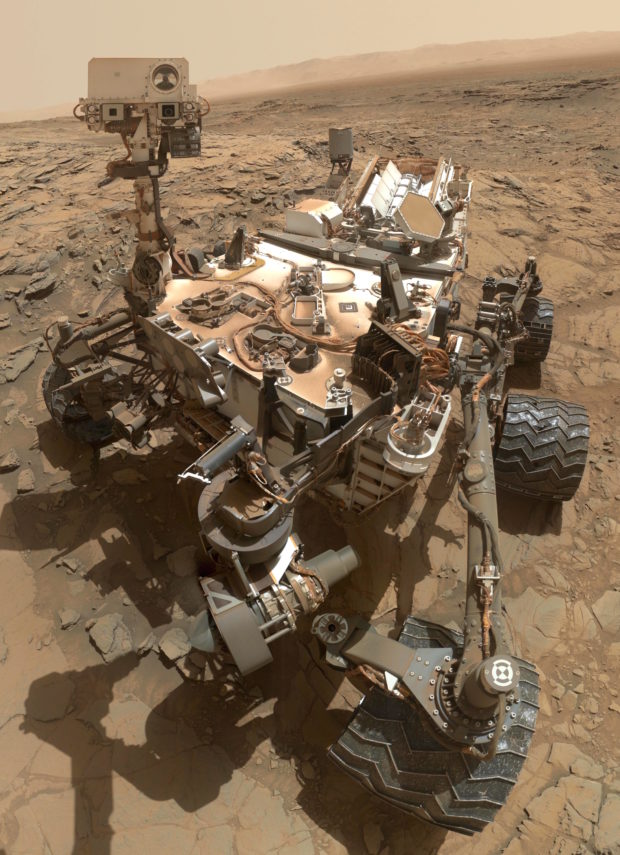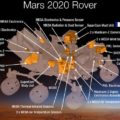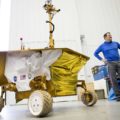The first test is promising, but Curiosity will next need to drill a deeper hole and try out the shaker method. “Next, we have to drill a full-depth hole and demonstrate our new techniques for delivering the sample to Curiosity’s two onboard labs”. Despite being about 140 million miles away from the Curiosity rover, NASA scientists have successfully tested the rover’s drill for the first time since it broke using a new improvised method tested here on Earth. The wheels are holding together and it has recovered from the electrical problems, but the drill has haunted the machine for over a year.
Just like in The Martian, however, things get more complicated from here: because the drill is now permanently extended, the rover can’t use the apparatus created to funnel the rock powder to the two onboard labs it uses to analyze samples. While this sample is not big enough for any science, it proves that the drill can still be used. Curiosity’s drill has remained unused since 2016, all while researchers and technicians tried to find a solution. The drill was created to use two finger-like stabilizers to steady itself against rock; a faulty motor prevented the drill bit from extending and retracting between these stabilizers.
If everything goes smoothly, Curiosity’s drill will be back in the game as the team looks to gather enticing samples from the Vera Rubin Ridge area. The team posed a challenge for themselves: could they hack the space robot’s drill so that it didn’t require stabilizers? A motor that controls this motion malfunctioned, and the drill was unable to work. The agency reported that they were able to drill a small hole in Lake Orcadie to test this function.
The drill was designed with two finger-like protrusions that keep it steady on the rock surface it is about to pulverise, then the bit extends out between the stands and begins to drill.
A force sensor originally created to stop Curiosity’s arm if it jolted too much is now used to give the rover a crucial sense of touch. That sensor was originally included to stop the rover’s arm if it received a high-force jolt.
NASA describes the new drilling method as “more freehand”.
“Humans are pretty good at re-centering the drill, nearly without thinking about it. Programming Curiosity to do this by itself was challenging – especially when it wasn’t created to do that”, he says. JPL engineers spent many double-shifts testing the new method, including on weekends and holidays. This device sieves and delivers the powder sample to Curiosity’s instruments.
JPL also had to invent a new way to deposit the powder without this device. Now, Curiosity can make adjustments on the fly to prevent the drill bit from moving sideways or getting stuck. “Whether rock powder on Mars will fall out in the same volume and in a controlled way has yet to be seen”. The rover will shake powder from its drill bit. The Curiosity team back on Earth has been trying to figure out a fix ever since. That’s an iron oxide mineral that forms when water is around.
So do you like to read such articles , consider liking our page on Facebook here , following us on Twitter here ,or if you love some visual treatment , we make some high quality videos on YouTube as well which you can view here . have a great day :). Visit our hompage HERE for the LATEST SCIENCE NEWS.




